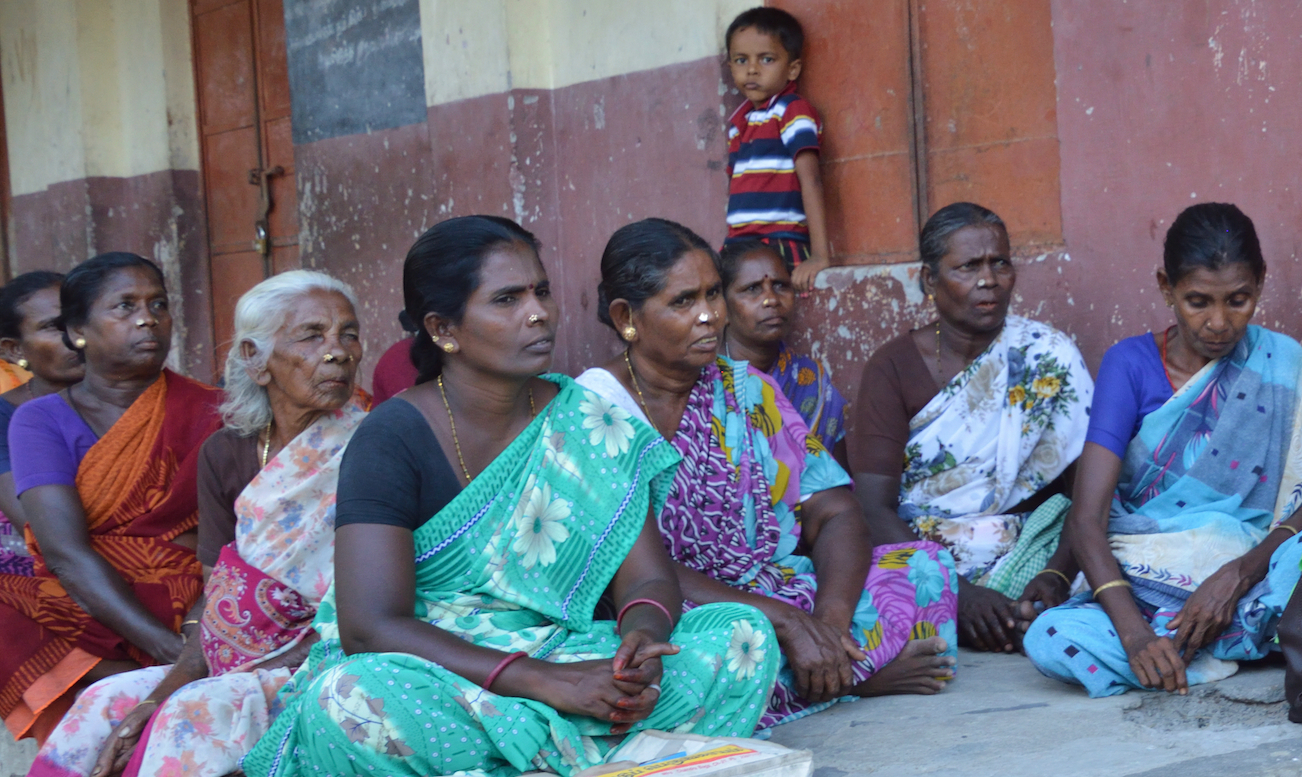Micro-Credit Self-Help Groups

One of Kalangarai’s first programs is based on the Grameen Bank system of microcredit and microfinance concepts. According to this system, loans are given to entrepreneurs who are too poor to qualify for traditional bank loans. These loans enable them to start a business (e.g. purchase cows, goats, or other farm animals, lease land for planting crops, open a shop or restaurant, etc). The system seems to work best with a collective of women who together invest their loans into a business. To implement the program, Kalangarai staff and animators organized small groups of widowed/abandoned women. Two leaders were elected from each group and a joint bank account was opened in the names of the two elected leaders. The leaders were trained in managing the bank account and maintaining records of the deposits and loans to the women. Loans were distributed to each woman based on her particular needs. The loan could be used for other purposes such as school expenses for their children, house repairs, medical bills, and debt repayment. The women were not required to pay back the loan to Kalangarai but to deposit in their bank accounts any money that they could save.
The self-help group formation and social connections among the women have been important components of the microcredit programs. The women support each other in going out in public, starting businesses, and attending social gatherings. Wearing flowers, jewelry, and the bindi are symbolic of emancipation from traditional taboos imposed on widows. Support from the groups have had a positive impact on the women’s self-efficacy, their psychological well-being and perception of social inclusion.1
References: Kayser, K, Lombe, M, Newransky, C, et al (2010). Microcredit self-help groups for widowed and abandoned women in South India: Do they help? Journal of Social Service Research, 36, 12-23.
Newransky, C., Kayser, K., & Lombe, M. (2014) The development of self-efficacy beliefs of widowed and abandoned women through microcredit self-help groups: The case of rural South India, Journal of Social Service Research, 40, 201-214.


